
In December 1869, a treacherous experiment was underway in a small village in Wales. Sarah Jacob, her parents claimed, had survived without a single scrap of food crossing her lips for two years. Now, in the face of scorn from the scientific community, they were attempting to prove that their daughter really was a "miraculous faster". But six days into the two-week round-the-clock watch, things weren't going to plan. The nurses, keen eyes primed to detect any attempts at deceit, were growing worried about the 12-year-old. She was getting weaker and colder. In fact, it looked like she was starving to death.
Though newspapers across the nation were avidly following the "extraordinary case", Sarah was not the first so-called "fasting girl" Britain had seen, nor was she the first to submit to such a perilous test. Europe had a long tradition of these miraculous maidens: young women who appeared to eat almost nothing at all, despite being otherwise in good health. Taking their lead from the devout Catholics of the medieval period, whose anorexia mirabilis was rooted in their deep piety, fasting girls had been attracting attention since at least the 16th century, their abstinence bringing them fame and fortune.
FEATHERS AND RAISINS
Even early on, they had divided opinion. To some, they were a "wonder of God" evidence of his miraculous powers, and worthy of the crowds who flocked to gaze on them. Others were cynical: early modern physicians might not be able to state with any certainty how long a person could survive without eating, but at a time when famine was a bleak reality, the necessity of nourishment for the preservation of life was well-understood.
This story is from the December 2022 edition of History Revealed.
Start your 7-day Magzter GOLD free trial to access thousands of curated premium stories, and 9,000+ magazines and newspapers.
Already a subscriber ? Sign In
This story is from the December 2022 edition of History Revealed.
Start your 7-day Magzter GOLD free trial to access thousands of curated premium stories, and 9,000+ magazines and newspapers.
Already a subscriber? Sign In
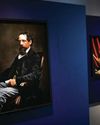
'Dickens's evocation of the fears, excitement and confusion of childhood is peerless'
DR LEE JACKSON ON WHY CHARLES DICKENS REMAINS RELEVANT TODAY
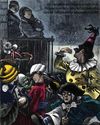
THE AUTHOR GOES ABROAD
Dickens expanded his horizons and boosted his fan-base by venturing overseas - but global fame came with a cost
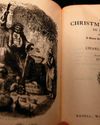
REVIVING THE FESTIVE SPIRIT
A Christmas Carol wasn't just a bestseller - it changed the way that Britons chose to mark the festive season

GIVING THE POOR A VOICE
From Hard Times to Oliver Twist, Charles Dickens used his pen to help illuminate the lives of the less fortunate

A JOURNEY THROUGH DICKENS'S LONDON
The works of Charles Dickens are synonymous with visions of Victorian London. We talk to Dr Lee Jackson about the author's love of the capital, and the locations that most inspired him
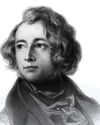
EXCEEDING EXPECTATIONS
Dr Lee Jackson chronicles Charles Dickens's journey from down-at-luck teenager to titan of Victorian literature

GIFTS, TREES & FEASTING
We take a journey through the photo archives to reveal how Christmas and its many traditions have been celebrated over the years - and around the world
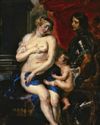
WHAT GREAT PAINTINGS SAY
We explore the story behind an allegorical painting that celebrates the triumph of love over hate, peace over war
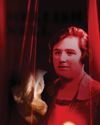
HELLISH NELL
Malcolm Gaskill delves into the life of Helen Duncan - the fraudulent Scottish medium whose ectoplasm-filled seances saw her ending up on the wrong side of the law

7 THINGS YOU (PROBABLY) DIDN'T KNOW ABOUT THE WHITE HOUSE
Presidential historian Dr Lindsay M Chervinsky reveals some of the most surprising facts about the world-famous US residence